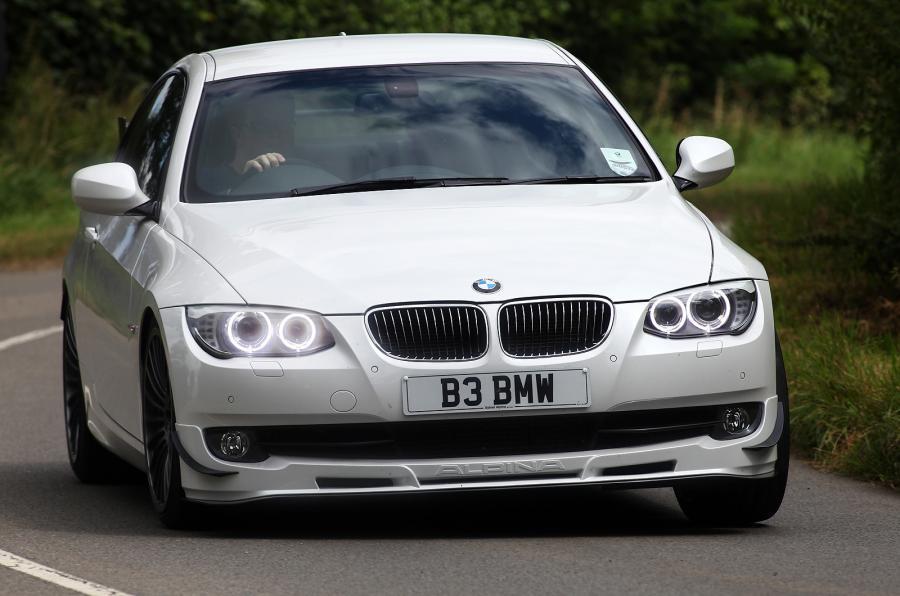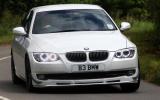One man’s take on the ultimate performance BMW: this is the Alpina B3 GT3. And the man in question is Andy Bovensiepen, boss of Alpina GmbH – which just happens to be the most famous maker of fast BMWs in the world, with the exception of the obvious.
Having bought a ludicrously exciting BMW M3 GTS, most people would do their best to enjoy it — or they’d just sell it and move on with their lives. That’s what you or I would do. Not Andy. He decided to make the car he had hoped that the M3 GTS would be in the first place. And, as you’ll go on to read, it’s rather a good job that he did.
Bovensiepen’s starting point wasn’t the obvious one. Sure, the GT3 is based on Alpina’s B3 S Bi-turbo, which is itself based on the soon-to-be-replaced ‘E92’ 335i coupe. But this ultimate GT3 version of the B3 has inherited almost as much from Alpina’s German GT Masters B6 racecar as it has from the E92. It’s a limited-edition salute to the firm’s triumphant return to motor racing and, with just 99 to be built, even rarer — not to mention £50k cheaper — than the M3 GTS that inspired it.
The car uses the same mechanically overhauled, twin-turbocharged ‘N54’ straight six that powers the B3 S, derived from the one that used to power the 335i. With a lower compression ratio than the standard BMW engine and a pile of special internals, it produces 402bhp. The improvement over the 395bhp B3 S comes thanks to a bigger-bore Akrapovic titanium exhaust system. The GT3’s 398lb ft of torque is the bit to make BMW M3 owners jealous, though. Even the stroked GTS couldn’t get within 70lb ft of that.


























